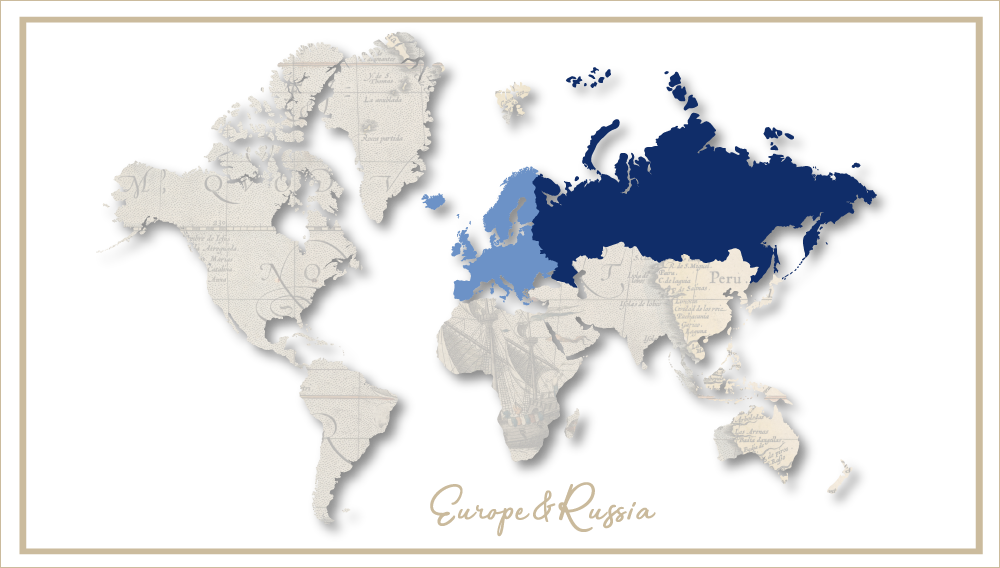Death in the pool
Reports of a death in the bottle pool are wrong, says the Czech Association of Breweries, it’s just that the country’s favourite beverage now goes to market in at least six shapely bottles instead of the previous two, writes Lyle Frink from Prague.
“What change?” asks Jan Vesely, head of the Czech Association of Breweries. “There is no bottle policy. There was not and there will not be.”
But change has swept over the Czech market in the last year, just like suds from a hot beer bottle. In the past year, the proportion of beers headed to market in brewery-specific bottles has soared to 60 percent as major players shift packaging. With around 160 million bottles in the pool annually, the changeover created its own groups of winners and perceived losers.
Despite the changes, Vesely says the so-called “NRW bottle” (an industry standard returnable bottle first introduced by Germany’s brewers) still dominates the Czech shelves: “60 percent of bottles are NRW; it is by far the most frequently used. All the new bottles – including Pilsner Urquell – are 40 percent.”
The country’s tipplers are used to conformity in their beer bottles. During the Communist era, beer was sold in green and brown EURO bottles. Only in the 1990s did brewers switch over to the German bottle. Beer drinkers essentially had a choice of two bottles: the NRW bottle used by about everyone and the Pilsner Urquell ale bottle.
This made the industry quite homogeneous in how the finished product went to market, with the domestic market of 16 million hl beer evenly split between the on- and off-trade. While the on-trade used mostly kegs, nearly 98 percent of the off-trade containers were NRW returnable glass bottles.
The initial repackaging effort was led by the Belgian-owned Bernard Breweries. They went to a flip-top bottle as they repositioned their unpasturised lager as a premium product. State-owned Budweiser Budvar led the wholesale charge to new bottles, switching to a green bottle embossed with a Budvar “B” in October 2005.
This started a flood of changes in 2006 as Staropramen (InBev) and Starobrno (Heineken) followed suite. The biggest single changeover was with SABMiller’s mainstream Gambrinus brand – itself one out of every four beers consumed in the Czech Republic.
lWelcome to the rest of the world
The shift to individual bottles within the Czech Republic is nothing unique says Vesely: “This is the trend everywhere else in Europe.”
New bottles are driven by brewers positioning themselves as different from “that other brew”. “The reasons were marketing. Packaging is one of the most important factors which can help in sales,” said Budvar spokesman Petr Samec. “The results are very good. Our sales within a few month period substantially increased by about 10 percent.”
With the exception of Budvar, most of the new bottles are from international brewing groups. SABMiller, InBev, and Heineken simply brought in bottle designs used elsewhere in their European operations. “They’ve already launched these bottles in their other operations,” said Vesely. Budget brands such as SABMiller’s Klasik and InBev’s Branik have stayed with the NRW bottle. Small local brewers are sticking to their NRW bottles, with Jiri Fusek head of the Czech Association of Small and Independent Brewers (ÈSMNP) characterising the new bottles as a very costly mistake.
The clear winners from the new bottles are Avriunion and the Swiss-owned Vetropack. These two companies make most bottles in the Czech market and export others to neighbouring Germany, Hungary, and Poland.
While the new bottles of Budvar and Pilsner Urquell may be fighting for the consumer’s attention on the store shelves, they both are produced by Avriunion. Both Polish and Czech made Pilsner Urquell (“Born in Plzen.Czech” and “Brewed in Plzen.Czech” respectively go to their markets in bottles produced by Avriunion.
Retailers, particularly the smaller outfits, are less enthusiastic about the changes. Czech legislation requires them to take back all packaging. So a small retailer could be required to take back Budvar bottles even if they don’t stock that brand. “This is an open question. We are still waiting on a decision from the Ministry of the Environment,” said Hana Michovská, from the Czech Confederation of Commerce and Tourism. Their members include retailers ranging from multinational hypermarkets to the mom and pop store.
It’s a typical problem faced by most corner stores: Czechs buy their beer in their city hypermarket, but then try to return the empty bottles at the little grocery shop near their weekend cottage. “The little shop takes in more empty bottles then they sell,” says Michovska. “However, even small retailers usually know how to deal with the changes as they know the value of a happy customer.”
lNo room to be out of sorts
Jumping from two to six bottle styles is a logistical issue for both retailers and brewers. Small brewers and retailers say this is bringing in additional costs and complexities. Vesely says these complaints are unfounded. “It seems that the mixing up of bottles is 5 percent, that means one bottle in a crate is different. That is pretty good.”


